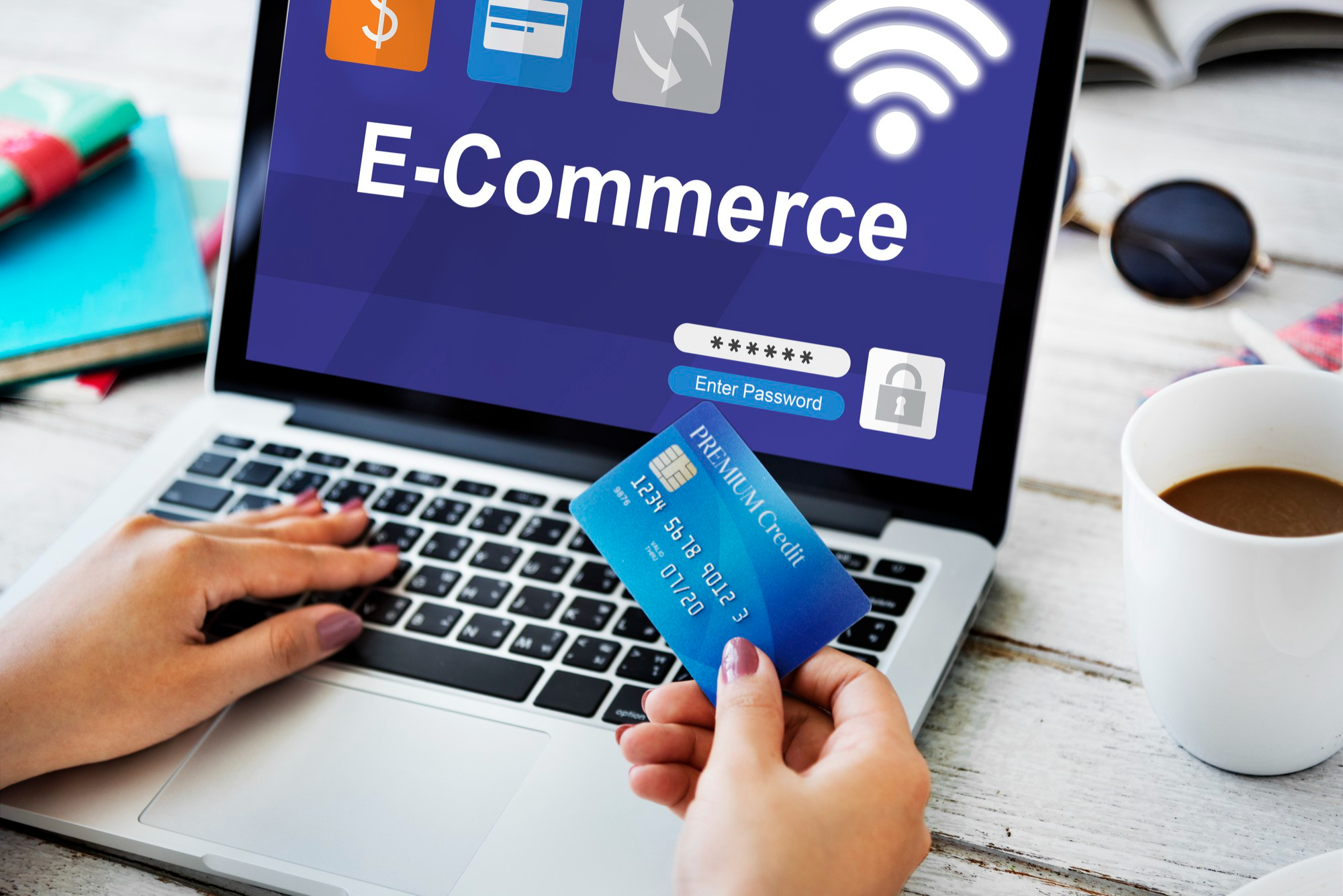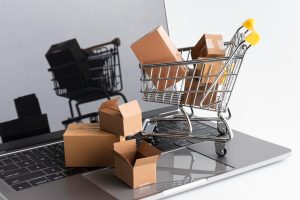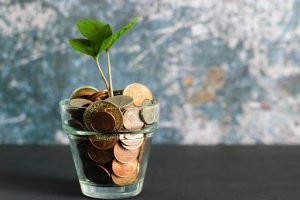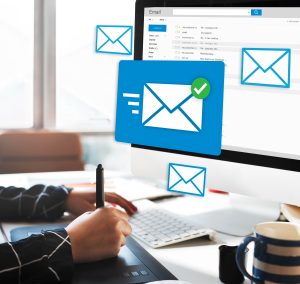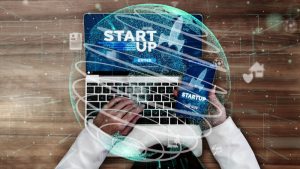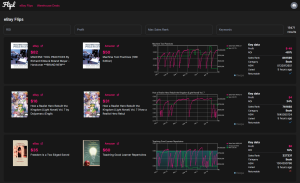People who shop online don’t just happen to find a website and buy something right away. Before they click the “buy now” button, they actually do a few things, whether they are aware of it or not. We call this path the “eCommerce funnel,” and making it strong can mean the difference between a one-time visitor and a regular customer. The same applies to service-based industries like IT support for Perth business, where building a funnel helps convert inquiries into long-term clients.
Understanding and improving your path is now necessary, where people have short attention spans and lots of options. It’s significant to companies that want to get more sales, keep customers, and grow in a way that doesn’t damage the ecosystem.
How the eCommerce Funnel Works
When you think of an eCommerce funnel, you know every step your customer takes. It starts when someone finds your brand for the first time and should end when they buy from you again and again. To keep the customer interested and moving forward, you need a slightly different strategy and content method for each step. In general, an eCommerce flow has these steps,
- People find out about your company for the first time through ads, social media, or search engines.
- Those who might buy your goods decide to research it, read reviews, and learn more about your brand.
- They want to buy and may be looking at other options while thinking about yours.
- They take action and buy something.
- One goal once a customer makes a purchase is to keep them as a customer and maybe even have them recommend your business to others.
Why an e-commerce funnel is important
At each step of the funnel, you have a chance to move your customer closer to making a purchase. You can make it easier for people to buy if you know where they leave off, what material works, and how to remove barriers.
Shopify and Firework, for example, say that optimizing the sales process can boost sales by as much as 30% when combined with data-driven insights and personalized experiences. The funnel does more than just sell things when it’s used correctly; it also builds trust and loyalty.
Step-by-Step Instructions for Building the Funnel
1. Create Awareness among the people who matter.
This is where your funnel starts. The goal is to be seen. To get people to notice you, use social media, paid ads, content marketing, SEO, or relationships with influencers. Don’t try to sell right away; instead, make an offer.
People may be interested in buying from you if your website has blog posts, helpful videos, infographic animations, images, or even fun reels, or clean product images where you remove the background to keep things looking professional and focused It’s important to make a good first impression and offer something interesting or useful.
2. Keeping their interest and care is valuable.
You need to show them why they should care about you now that they know who you are. Your blog posts, product pages, category descriptions, and “About Us” page should meet their wants and make them trust you.
This is where customer reviews, comparing charts, and Frequently Asked Questions (FAQs) can be useful. Users will trust your company more if you are honest and give them useful information.
Also, this is where methods for getting emails come in. Offer a discount code in return for their email address or ask them to join your community to get special content.
3. Encourage them to buy based on their need.
At this time, a visitor is really thinking about buying. Now, the goal is to get rid of doubt. Offer discounts, bundle deals, or free shipping for a short time.
It’s very important to have clear call-to-actions (CTAs), optimized checkout flows, and pages that load quickly. According to Mouseflow and Reconvert, sales can drop by as much as 7% if the page takes even one second to load.
4. Take it Easy in Converting Your Content
The customer is now ready to buy. Don’t put up restrictions. Use a clean checkout page that works well on devices. Allow visitors to check out in different ways, use a variety of payment methods, and see trust badges to reassure them.
If a buyer leaves their cart in the middle of a purchase, you can send them emails after they leave. A lot of lost sales can be made up for by sending automated emails with product reminders or extra deals.
5. Make sure they keep coming back.
While most brands only care about making sales, smart ones know that keeping customers is where the real value lies. It can cost up to five times more to get a new customer than to keep an old one.
Send emails after a purchase with care tips, requests for reviews, or ideas for products that go well with the one you just bought. You could offer reward programs or early access to new products. Firework and Funnelsecrets.us show that a simple “Thank you” letter or a discount you didn’t expect can get people to buy from you again.
Use analytics to help you plan your funnel
Without data, even the best funnel design is just a guess. Use tools like Google Analytics, Hotjar, or the panel that comes with Shopify to look into:
- When your customers leave
- Which goods pages get the most sales?
- What types of traffic bring in good leads?
Then, change your plan based on what you’ve discovered. Try out different messages, styles, and deals. It’s not a one-time thing that Conversion Rate Optimization (CRO) should be done all the time.
Wrapping It Up
To have a strong eCommerce route, you don’t have to force people to buy. It’s about giving them a smart, helpful, and engaging experience that makes them trust you.
Don’t forget to listen to your data and make sure you understand each stage. Also, make sure you serve the right material at the right time. In the digital world we live in now, where choices are endless, what makes brands stand out is the experience. If you build that experience well, your funnel will not only convert, it will grow.

